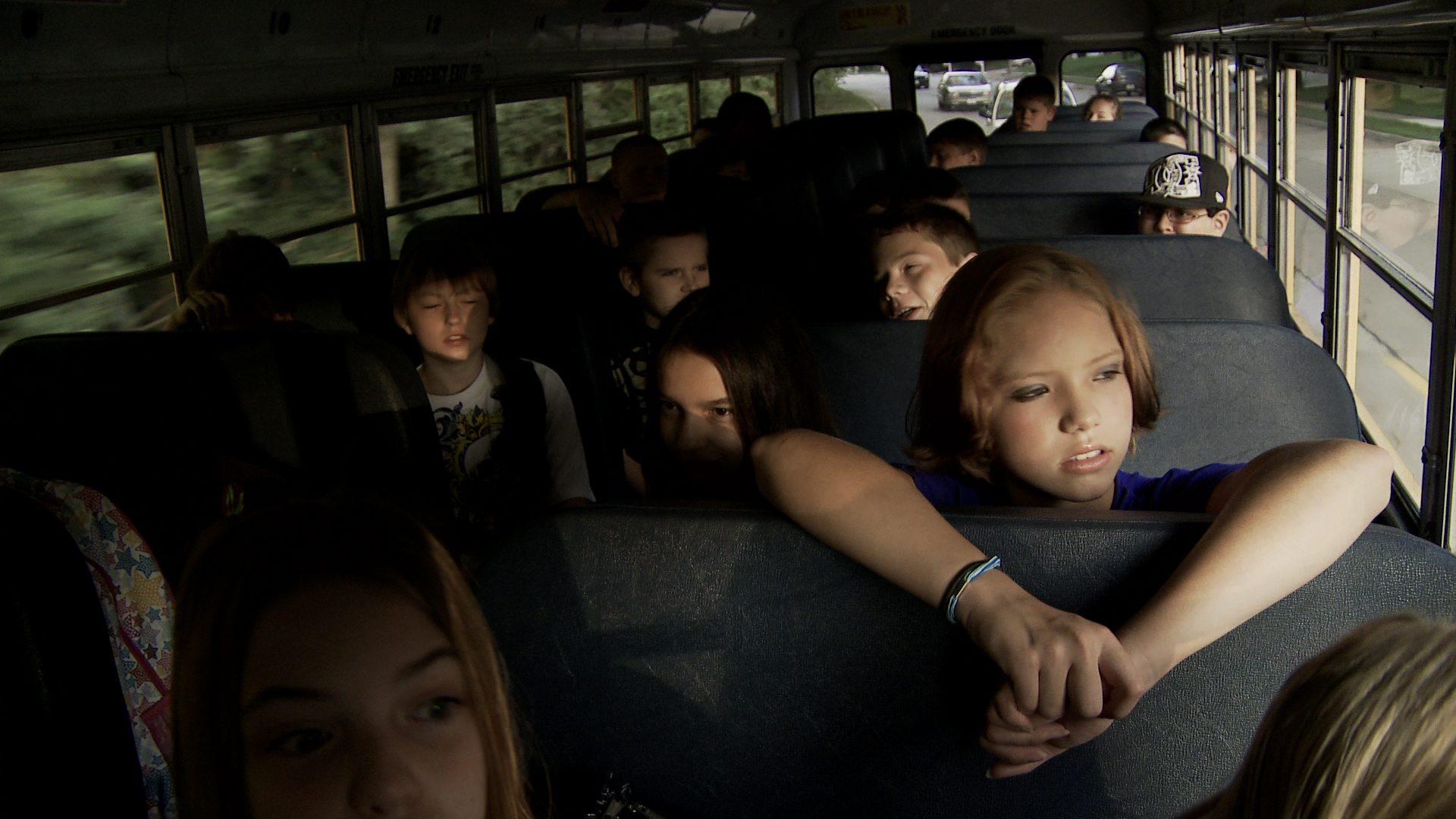
American director Lee Hirsch and producer Cynthia Lowen, whose timely and riveting — and heart breaking — documentary The Bully Project follows the lives of five bullied children and their families, hopes the film will not only be a teaching tool at schools across North America, but that it starts a whole anti-bullying movement, also called The Bully Project. Weinstein Company has now picked up the film for distribution and it is expected to hit theatres later this year.
Hirsch and Lowen sat down with Samaritanmag’s Jordan Adler at Toronto’s Victoria College, the media centre for the recent Hot Docs Canadian international documentary festival, where The Bully Project screened. Hirsh, it turns out, was bullied as a kid, and Lowen, a bystander.
Why has bullying become so pervasive for this generation of youth?
Lee Hirsch: “I don’t actually that it’s become any more pervasive than it ever has been. And I don’t have data to back it up. I just think it’s always been there. I think probably kids have been dying for hundreds of years and committing suicide because of it. It’s just that we’re now at a moment where it’s coming to life and people are responding to it, and they’re drawing those connections. We’re hearing about it more because those suicides are being identified to being outcomes of bullying, whereas before they might not have made that connection or wouldn’t have been spoken about or hushed over. We’re actually at a moment where we’re thinking about it more, which creates a really extraordinary opportunity for change.”
What is the goal of The Bully Project movement?
Cynthia Lowen: “We’re really hoping that with the film, and with all the things that come from that, that kids will understand their own capacity to intervene. We want kids to feel really empowered, to step up to bullying when they see it. Most kids are neither bullies nor bullied, but the majority of kids are the ones who are standing by, who are seeing it happen; they are seeing it happen in places where adults are not necessarily there – at the bus stop, at recess, between classes – and if we can get kids to really feel like they have the power to stand up and stick up for someone who’s being bullied, that that is one of the greatest things that we can accomplish with this film.
“We also really want administrators to see this film — teachers, principals — and to see maybe some of themselves in the film and to recognize those moments where they’ve just had a lot going on, or they’ve been thinking about something else, or they’re on the way to class or they’re busy. Whatever reason, I think that administrators and teachers have an incredibly difficult job. They are often overwhelmed and I think that bullying is overlooked, not out of any desire for children to be hurt or not of any badness, but often just part of being overwhelmed and not realizing how important it is to stop and take it seriously, and to check back in the next day and the day after that, to make sure that whatever action they do take doesn’t actually make things worse. That often happens.
“I think that the third piece of the puzzle are parents and families, and to help parents find a way to have conversations with their kids about bullying, to maybe see things in their own children, or things in their own families, that they haven’t wanted to stop and really think about. Is my child being withdrawn? Do I really know what’s going on? Have I really taken the time to be able to have a conversation about… ‘Are you okay? Are things okay?’ And I don’t think we [she and Hirsh] really have a prescription – ‘This is the program you should implement in your school; this is the conversation you should have,’ but we want communities and kids to really feel like they can take this on.”
One of the motifs in the film is the bus setting [where kids are frequent targets for bullies]. How would you like to improve the safety for kids on the bus?
Hirsch: “The fact is that most school districts — I can’t speak for Canada — but the U.S. are installing cameras on buses. Let’s start watching ‘em, you know. I think it’s exactly like Cynthia said. It’s about being aware; it’s about situational awareness; it’s about empathy; it’s about being aware of those kids who are at risk and following their progress, making sure that when they leave the school, they’re safe on the bus ride home; they’re safe on their walk from the bus home. And I think it needs to be made clear to bus drivers that if there’s violence happening that they need to stop the bus, that they need to deal with it, that it needs to be reported. It’s about taking it seriously at every level, through every stage. Schools and institutions have custodial responsibilities for the kids that are in their building. The bus is essentially a place where there isn’t much supervision, and so it can flourish. There are other, well-known Air Jordan 1 Retro High OG Wmns "Panda" CD0461-007 Women/Men Super Deals, Price: $98.03 - Air Jordan Shoes